Two days ago I finished my second Art Out Loud Online painting demo for the New York Society of Illustrators. The subject of an octopus was challenging enough without deciding to paint it on cradled Gessobord, five inches square, with a palette knife. But it’s fun and necessary to push your skills and try to stay on that razor’s edge of failure.
The rigid board allows the knife to bend easily and I can hammer away at it, moving pigment around and even scraping it off here and there to add texture or to remove pigment that’s too built up.
I answered questions while painting, as many of the other artists do, but trying to stay focused on painting while thinking about something else slows the brain a bit, leaving a lag in response time. One can sound a little scattered.
There were a number of great questions, though, with a couple of standout questions about why I use a palette knife and how do I balance my painting risks with confidence.
The palette knife came about because of a job I was asked to preform for a potential client that needed very abstract yet readable portraits. I needed to get a lot of pigment on the surface and get it to look wildly loose. The palette knife was something I’d avoided using all my career, but I knew it would give me the random control I needed.
The knife is nearly unpredictable and I’m forced to deal with its character. It leaves both broken and smooth strokes and I try to leave much of it on the surface, adding to the texture which I then refine in places when I go over it with a brush.
When I first worked with the knife I realized it allowed me to make a jump in my understanding of painting and gave me an extra personal look to my work. It’s also rather quick.
The second question required a bit more discussion, but a long answer didn’t work for the one hour I had for the demo. It is a question that every artist faces: how to balance between taking risks with the work and keeping technical proficiency going at the same time.
It is as true today as it was in ages past: an artist must learn the principles first before they can stretch, grow, and innovate. We’re all impatient and want to get rolling into our best work as soon as possible. But it just doesn’t happen that way. One can’t leap over the hard parts to ‘get to the good stuff.’ The ability to freely express, and with confidence, is born out of hard won study. The focus it takes to learn is the essence of creative output. There is no getting around it.
But it doesn’t mean one has to learn everything before getting going. Far from it. The real learning is in the production of painting after painting. Learning as you go. Sounds irritating, I know. Yet you have to be in the throws of it, head down, passions flying to get experience penetrating your bloodlines, jolting nerve endings to blast the brain with information.
Skills are built, not born. It has taken me decades of critical focus to gain the ability to express something in a simple brushstroke. There is no substitute for the dirt time. But that should be the good news for any aspiring painter. Because once it is established, the artist can go anywhere with those skills.
After the initial demo several weeks ago, we managed to save the thing this time! So you can rewatch it on the Society’s Instagram page. @soi128 Look for the little TV symbol.
We’ll be doing more of these, no doubt. Let me know if you have a favorite subject! More helmets?


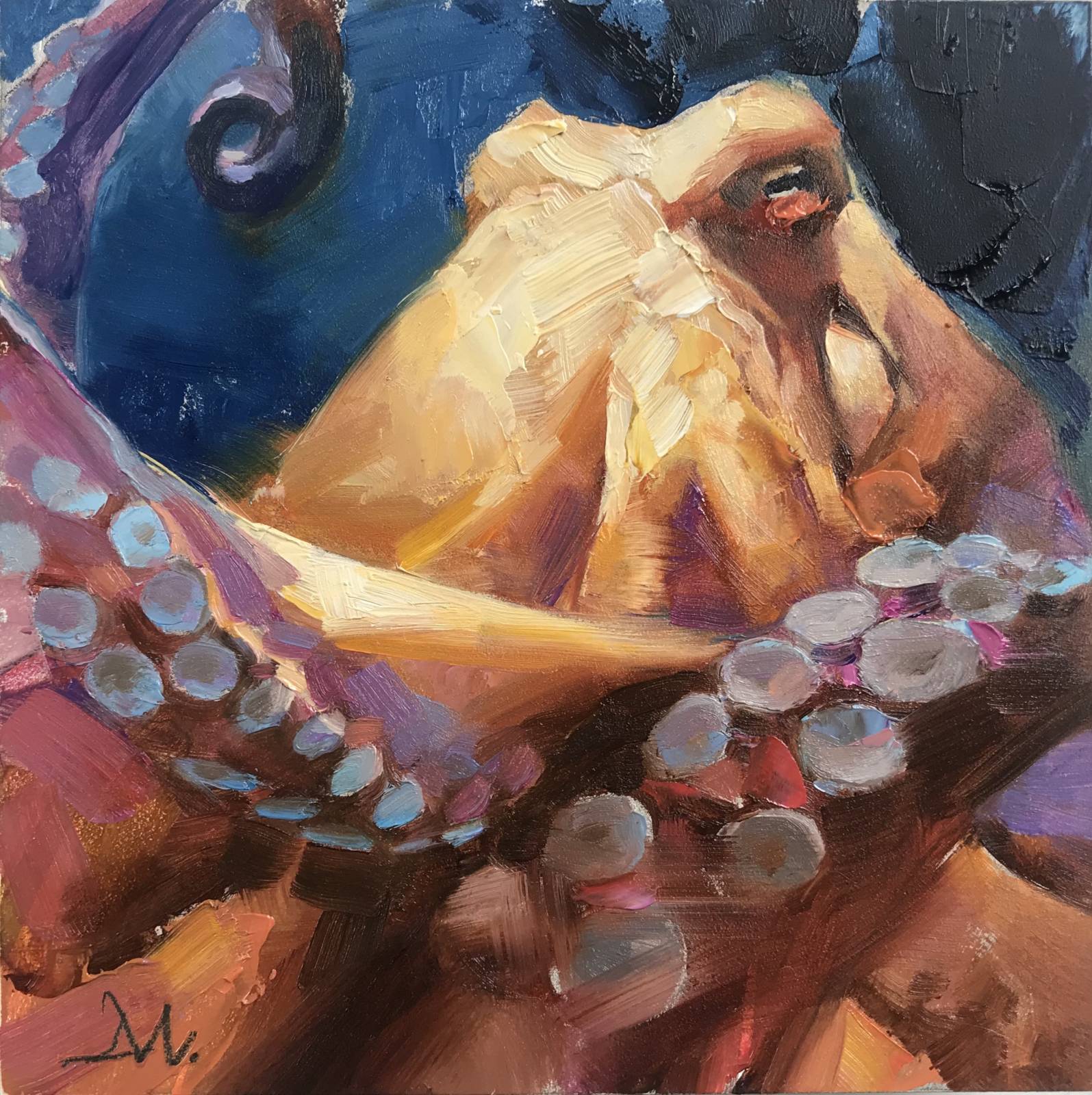
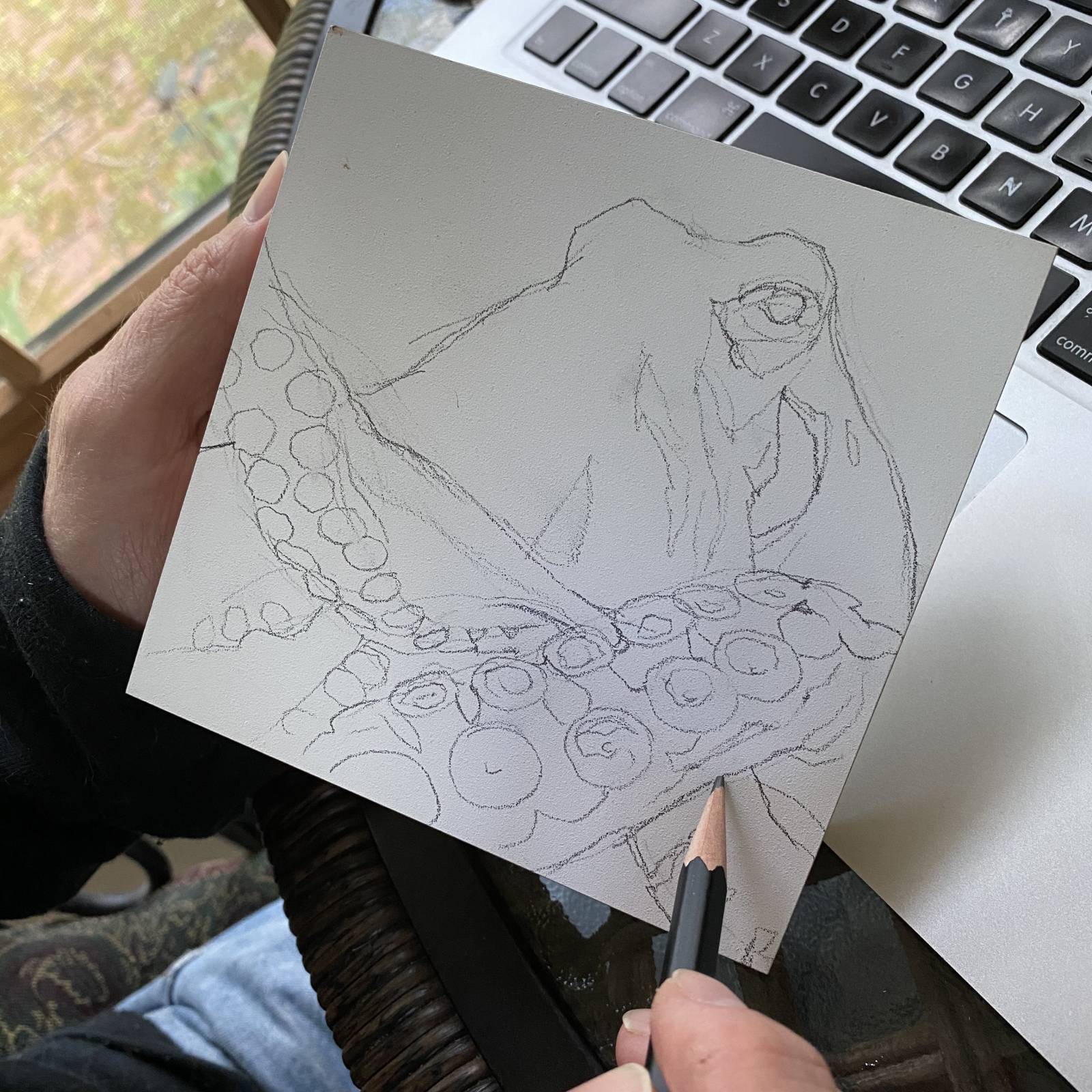
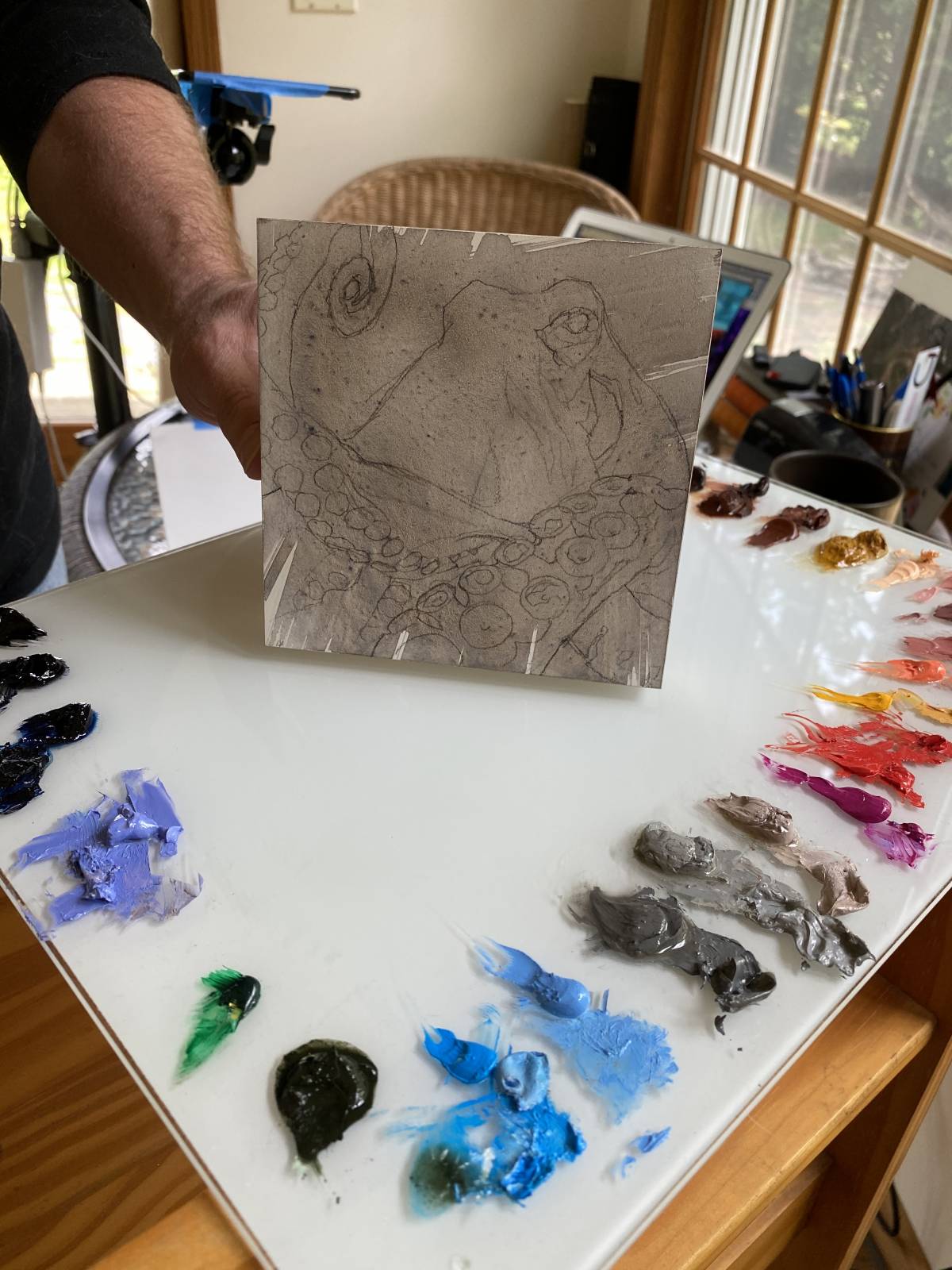
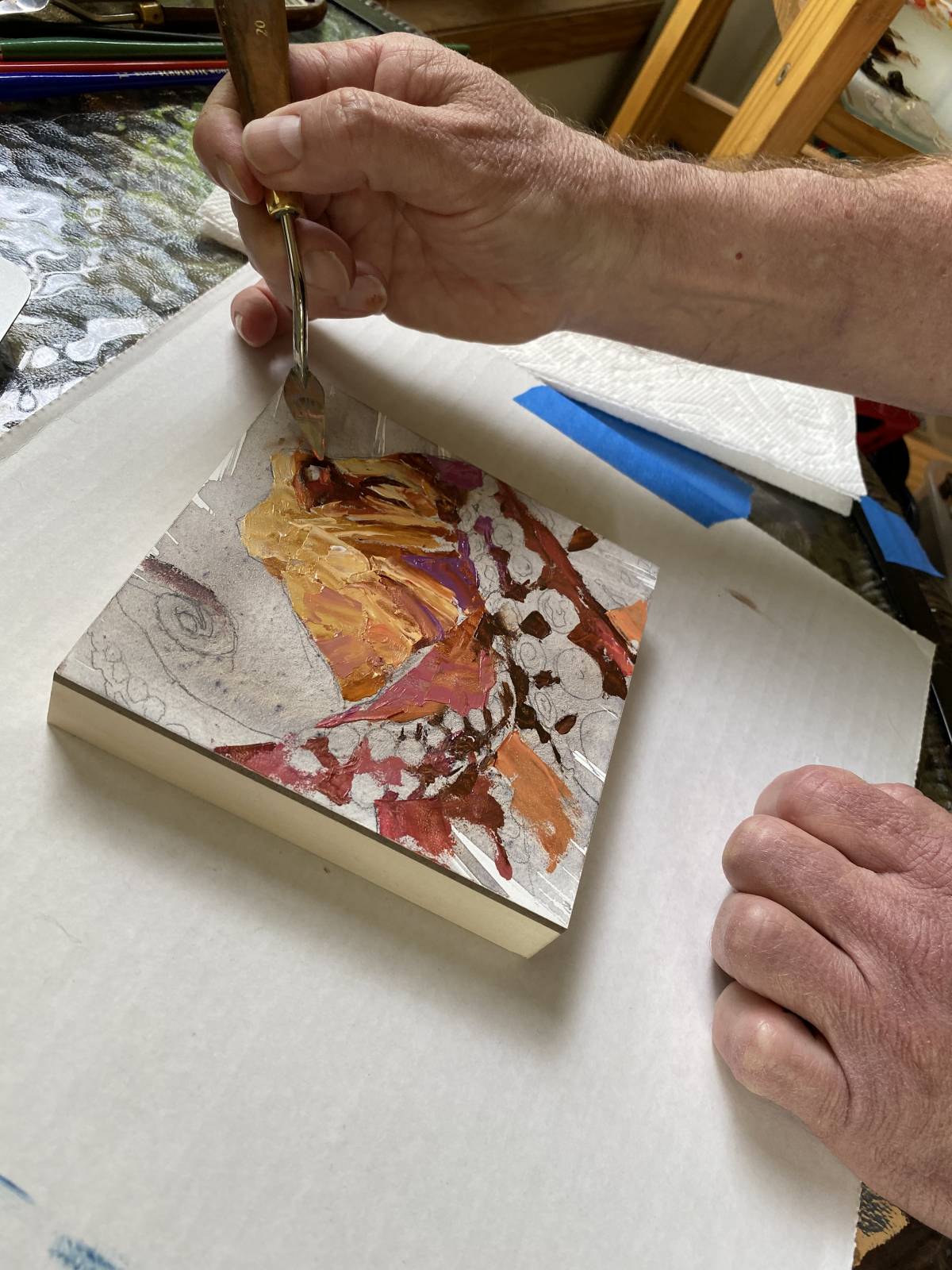
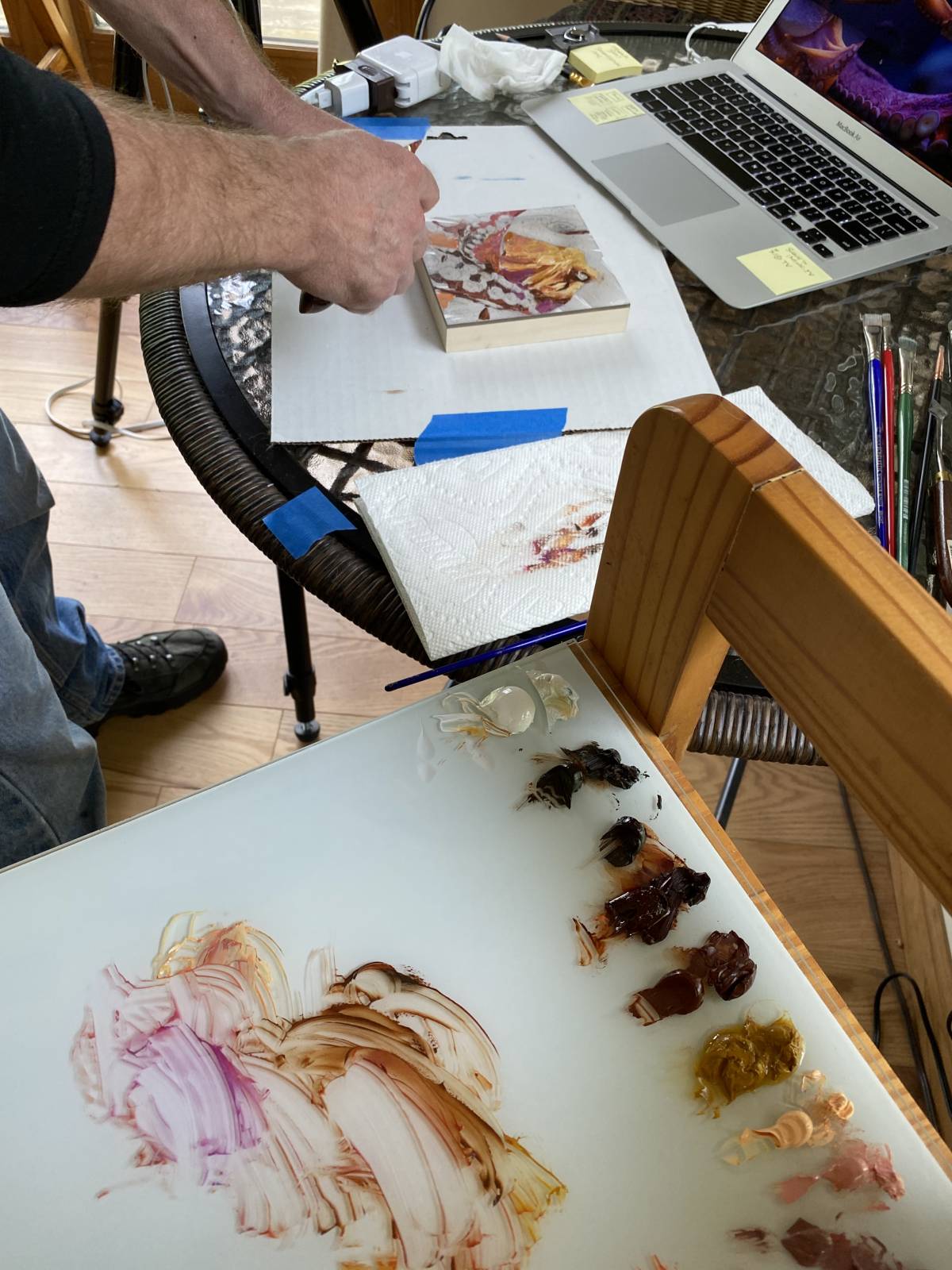
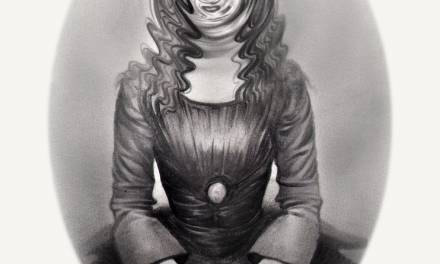
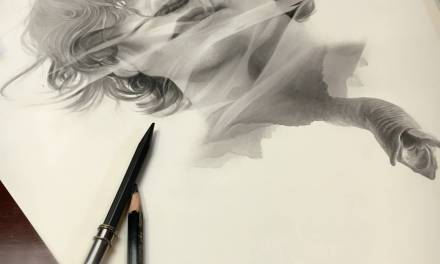
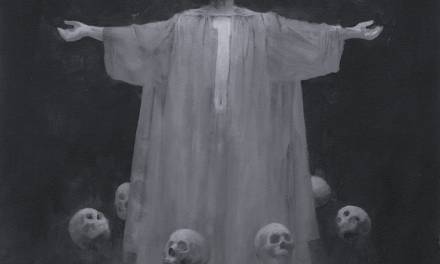
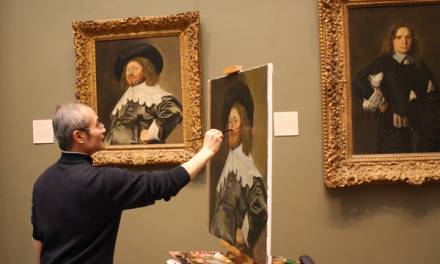
oh Yes, love that helmet series…could stand a lot more of them. And as always I learn from watching you apply your paint. Thanks Greg.
Hi Greg,
Loved this demo and it just blows my mind that this is only 5 x 5, the details and brush strokes are just captivating to look at, makes me want to try to paint smaller since it’s challenging.
A helmet for the next demo would be awesome, and maybe a human face of a cool film character.
My favorite thing about palette knives is also the unpredictability of them which often helps create unexpected surprises.
You truly inspire all of us to embrace taking more chances with our art and it’s just an honest pleasure to watch you paint.
Thank you again!
Brian 🙂
IS THAT TRUMP??? ? V.ORIGINAL.
Thank you for sharing your insights, Greg! More helmets sounds great! Have you considered helmet with plume? I would love to see how you deal with their different textures of specular metal and fluffy feathers 🙂
hi, i’m from brazil, i really admire your work!
yes, i would love to see the helmet theme. mainly see how to give the effect of the metal.
thanks for the class.
Great stuff, I see I am going to have to catchup with all your archived posts. This little painting is great, what makes paintings read so much larger than they really are, I wonder?